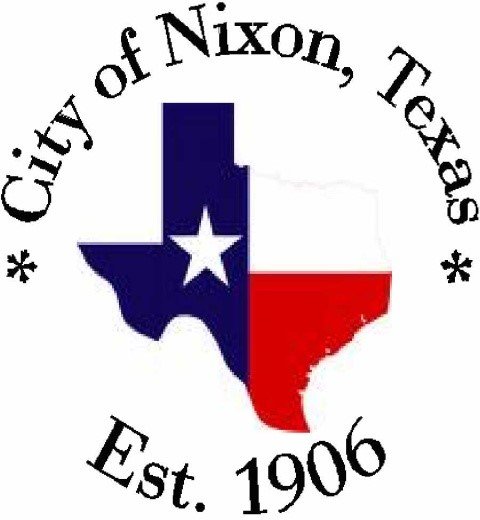Nixon council agrees to lower industrial water rate after executive session
After a lengthy executive session Tuesday, Jan. 16, the Nixon City Council voted unanimously to lower the industrial water rate from $4.65 per 1,000 gallons to $4.18 per 1,000 gallons, contingent upon a budget amendment ordinance being passed after a scheduled budget workshop.
The move came after representatives from Holmes Foods voiced their concerns last month to the council about rapidly increasing utility fees the company has had to pay during the past four years.
CEO Phil Hartung had hinted to the council that if water rates remain exorbitantly high for them, as the city’s largest commercial customer, they may be forced to relocate the plant because of escalating costs.
“The owners and managers of Holmes Foods would like to keep this processing plant here for years to come and we want to work with the city to do that, but we can’t do that (under the new water rates),” Hartung said last month.
According to Hartung, the company had seen its utility payments to the city of Nixon increase from $528,394.95 in 2019 to $762,877.59 this year, an increase of 44.4 percent in five years.
Prior to October 2023, Holmes Foods was charged $3.25 per 1,000 gallons of water in addition to the monthly meter charge. In October, however, water rates were split into residential, commercial and industrial categories, with industrial rates raised to $4.65 per 1,000 gallons.
The projection for Holmes Foods is to process nearly 39.97 million chickens and to use about 199.85 million gallons of water, which Hartung is indicating will cost $1,005,256.44 in money paid to the city for utilities.
In 2019, Holmes Foods processed more than 39.8 million chickens at their Nixon facility. While COVID-19 caused that number to dip slightly to just under 38 million chickens in 2020, production went back up to more than 39.5 million in 2021, nearly 40.9 million in 2022 and just under 40 million in 2023 with one month left to go.
Meanwhile, the plant has been more efficient in its usage of water, going from more than 210.7 million gallons used in 2019 to 199 million in the 2020 COVID year to 201 million in 2021 to just under 208.2 million in 2022 to only 196.5 million used in 2023, Hartung said.
Comments







